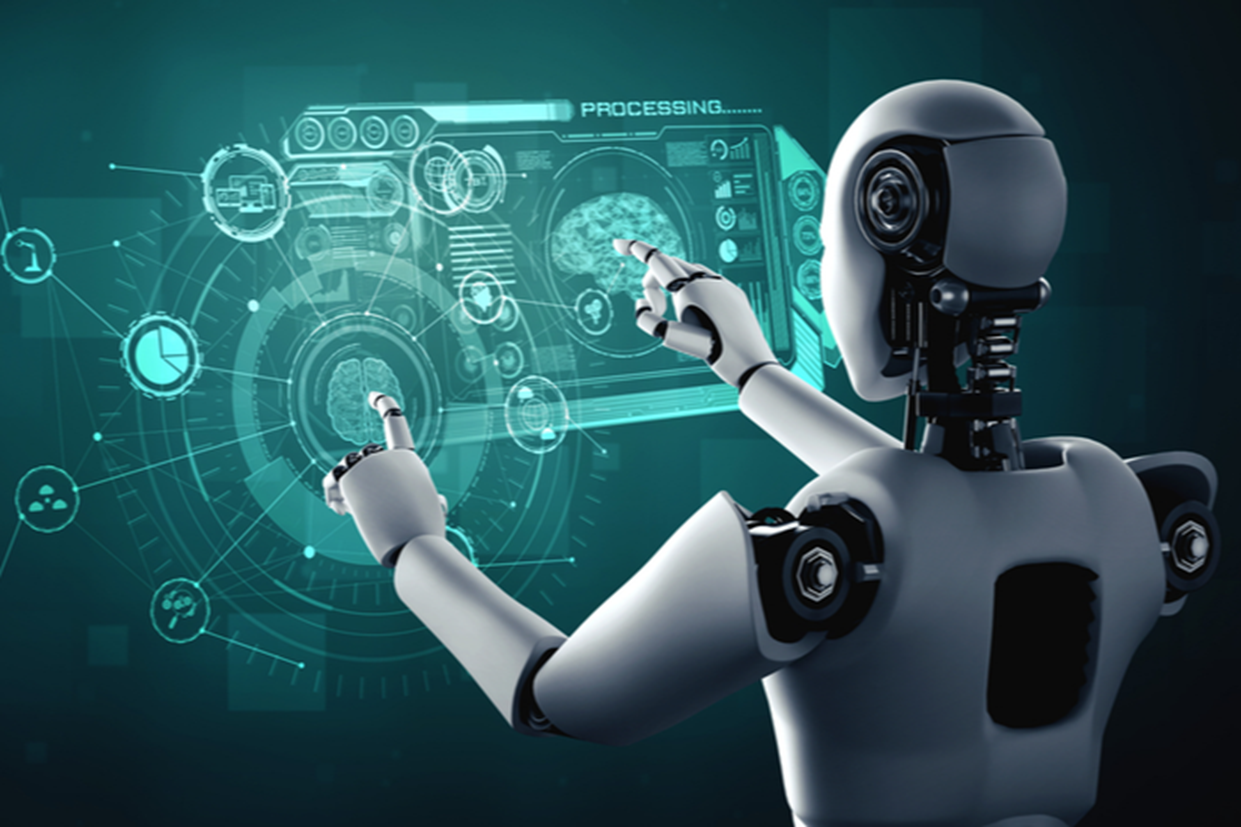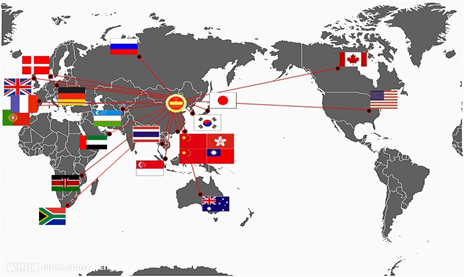What are the challenges of using AI for autonomous debris removal missions?

What are the challenges of using AI for autonomous debris removal missions?
by Maximilian 12:04pm Jan 25, 2025

Using AI for autonomous debris removal missions presents several challenges that need to be addressed for effective and reliable operation. These challenges range from technical limitations to environmental and operational factors. Here are some of the key challenges:
1. Complex and Unpredictable Space Environment
The space environment is harsh and unpredictable, with various factors that can complicate the performance of AI systems during debris removal missions:
Orbital Dynamics: Space debris often follows complex and highly dynamic orbits, which can change due to gravitational forces, atmospheric drag, and interactions with other objects. AI must continuously adapt to these changes in real-time to effectively track and capture debris.
Space Weather: Solar radiation, charged particles, and magnetic fields can affect both the spacecraft and the sensors, potentially causing malfunctions or affecting the accuracy of AI algorithms.
Collision Risk: Space debris can be moving at speeds exceeding 28,000 kilometers per hour (17,500 miles per hour), making even small mistakes in tracking or prediction extremely risky.

2. Sensor Limitations and Data Quality
AI relies on data from various sensors, but these sensors face limitations in space:
Limited Sensor Coverage: Sensors such as radar, optical telescopes, and infrared cameras may have limited coverage areas and may struggle to detect small or low-contrast debris against the backdrop of space.
Sensor Noise and Errors: Space-based sensors can produce noisy data due to factors like low resolution, sensor malfunctions, or interference from other objects. AI must be able to handle imperfect or incomplete data and still make accurate decisions.
Real-time Data Processing: The need for real-time data processing, particularly when debris is moving quickly or when multiple debris objects are in close proximity, can overwhelm traditional systems. AI models need to be fast and efficient, which can be challenging in space, where computing resources may be limited.
3. Autonomy and Decision-Making
Autonomous space debris removal systems need to make critical decisions without human intervention, but this raises several challenges:
Uncertainty in Debris Behavior: Space debris can be irregular in shape and size, with unpredictable motion patterns (e.g., tumbling). AI systems must be able to accurately model and predict these behaviors to plan safe and effective removal strategies.
Risk Assessment and Collision Avoidance: The AI system must accurately assess risks of collision with other objects in space, including operational satellites or space stations. Making the right decision in a high-risk, low-margin environment requires highly advanced algorithms that can balance speed, precision, and safety.
Ethical and Operational Boundaries: Autonomous systems may face situations where human oversight or ethical considerations come into play (e.g., prioritizing one debris object over another). Ensuring that the AI can operate within predefined ethical and safety parameters is crucial.

4. Power and Resource Constraints
Spacecraft involved in debris removal missions typically have limited power and resources, and AI systems must operate within these constraints:
Limited Power Supply: AI models can be computationally intensive, and space missions have limited power due to reliance on solar energy or onboard batteries. Ensuring that AI can run efficiently without draining available power is a major challenge.
Resource Optimization: Space missions are resource-constrained in terms of fuel, time, and hardware. AI must optimize the use of resources, balancing the need to capture debris with the cost of fuel and mission duration. This includes optimizing paths, decision-making, and task scheduling.
5. Coordination and Communication
In many debris removal scenarios, there might be multiple spacecraft or systems involved, requiring coordination:
Inter-Spacecraft Communication: If multiple autonomous vehicles are involved, they must communicate and collaborate effectively to prevent collisions, synchronize actions, and share critical data in real-time. Ensuring that AI can manage these interactions smoothly and securely is complex.
Communication Delays: Communications with Earth-based operators or between spacecraft can suffer from delays due to long distances and the limitations of radio signals. AI must make critical decisions autonomously, without relying on real-time input from Earth.

6. Complex Debris Removal Strategies
The methods for debris removal—such as robotic arms, nets, harpoons, or lasers—each come with their own challenges that require AI solutions:
Precision and Dexterity: When physically capturing debris, the AI must control a robotic arm or other devices with high precision. Debris objects may be tumbling or rotating, requiring fine-tuned adjustments to ensure a safe and successful capture.
Debris Variety: The size, shape, and condition of debris vary widely, and AI must handle these variations. Some debris may be too small to capture with traditional means, while others may be too large or dense for certain tools.
Deorbiting Strategies: In some cases, debris needs to be moved into lower orbits for eventual deorbiting. This requires AI to understand orbital mechanics and calculate the most efficient methods for using fuel or propulsion systems to alter the debris's trajectory.
7. Regulatory and International Cooperation
Space debris removal is a global issue that requires international cooperation and adherence to legal frameworks:
Regulations and Standards: There is currently a lack of internationally agreed-upon standards for debris removal, and AI systems must navigate these legal and regulatory complexities. The AI system might need to adhere to specific national or international laws regarding space operations.
Collaboration with Other Missions: Many debris removal missions will have to cooperate with other space agencies, private companies, and satellites. AI systems must work within a shared operational framework to avoid interfering with other space activities.

Conclusion
While AI offers significant potential for autonomous space debris removal, the challenges mentioned above highlight the need for careful design, robust testing, and continuous improvement of AI systems. Overcoming these challenges will require advancements in AI algorithms, sensor technology, and mission planning, as well as international collaboration to create a safe and effective framework for debris removal operations in space.






